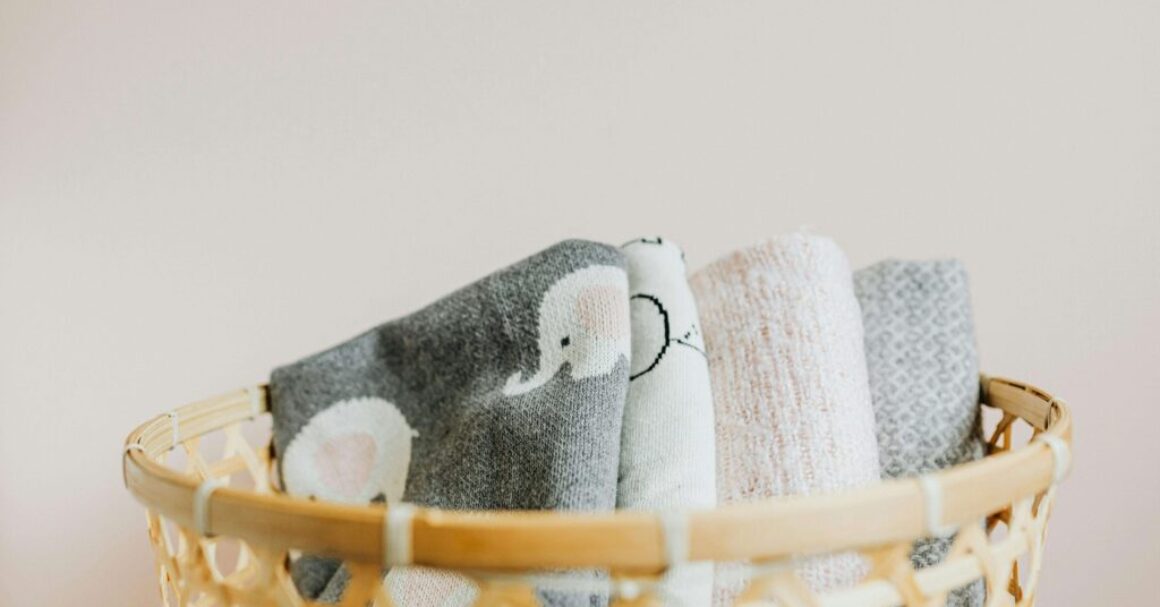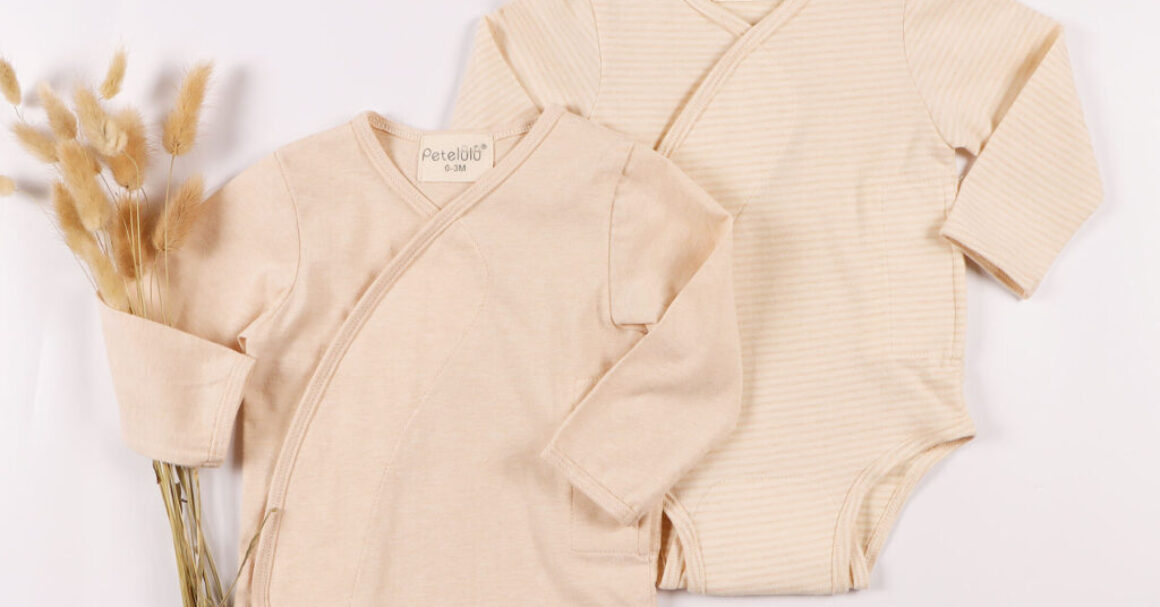Establishing a baby clothing brand involves several critical steps, among which sourcing samples from manufacturers is pivotal. This process allows you to assess product quality, design accuracy, and the manufacturer’s capability to meet your specific requirements.
1.Define Your Objectives
Begin by clarifying the purpose of obtaining samples. Your objectives may include:
- Quality Assessment: Ensuring the products meet your brand’s quality standards.
- Design Verification: Confirming that the designs align with your brand’s vision.
- Market Testing: Evaluating potential customer reactions through limited sample releases.
Clearly defining your goals will guide the selection of sample types and quantities.
2.Identify Suitable Manufacturers
Selecting manufacturers who specialize in baby clothing and have a proven track record is essential. Consider the following approaches to find potential partners:
- Online Research: Utilize search engines to find manufacturers, review their product ranges, and assess customer feedback.
- Industry Trade Shows: Attend baby clothing exhibitions to interact directly with manufacturers and evaluate their offerings.
Industry Associations: Consult national or international textile associations for recommendations on reputable manufacturers.
3.Engage in Communication and Negotiation
Establish clear and open communication with potential manufacturers. Discuss the following key aspects:
- Minimum Order Quantity (MOQ): Understanding the smallest order size acceptable.
- Sample Costs: Clarifying the pricing structure for samples and any policies regarding fee deductions for bulk orders.
- Production Timelines: Confirming the duration required for sample creation and full-scale production.
- Quality Assurance Processes: Learning about the manufacturer’s quality control measures to ensure product consistency.
4.Understand Sample Costs and Payment Terms
Sample costs can vary based on factors like material quality, design complexity, and customization. Typically, sample fees range from $30 to $100. It’s important to inquire about any policies where sample fees are deductible from future bulk orders, providing a cost-effective advantage as you move forward.
5.Sample Production and Evaluation
Once samples are ordered, monitor the production process to ensure adherence to agreed timelines. Upon receipt, evaluate the samples thoroughly, focusing on:
- Quality: Inspecting materials, stitching, and overall craftsmanship.
- Design Accuracy: Ensuring the sample matches your design specifications.
- Compliance: Verifying that the sample meets relevant safety and quality standards.
Provide constructive feedback to the manufacturer, requesting modifications if necessary, to align the product with your brand’s standards.
6.Adhere to Legal and Safety Standards
Compliance with legal regulations and safety standards is non-negotiable, especially in baby clothing. Ensure that manufacturers are familiar with and adhere to all applicable laws and industry standards. Consider conducting third-party quality audits or certifications to validate compliance, safeguarding your brand’s reputation and customer trust.
7.Establish a Long-Term Partnership
If the samples meet your expectations, discuss terms for ongoing collaboration. Negotiate favorable terms for bulk orders, including pricing, delivery schedules, and quality assurances. Building a strong, transparent relationship with your manufacturer can lead to mutual growth and a consistent product line that resonates with your target market.
By systematically following these steps, you can effectively source samples from baby clothing manufacturers, ensuring that your final products are of high quality, align with your brand’s vision, and meet market expectations.

